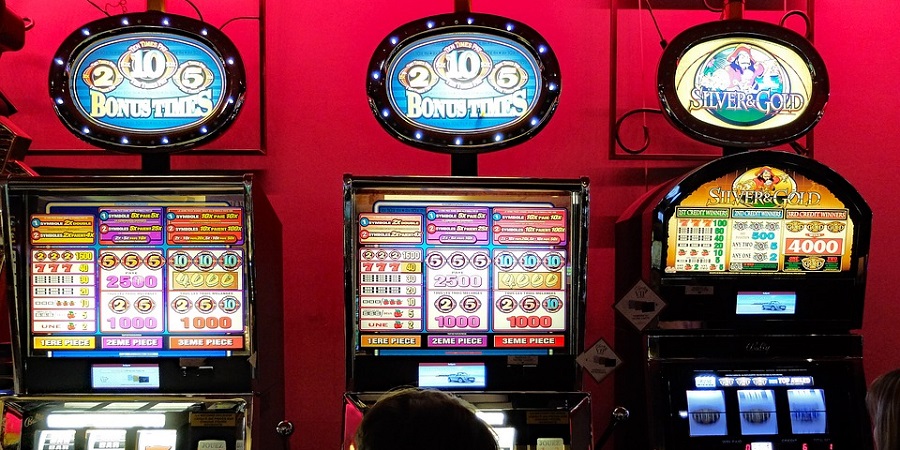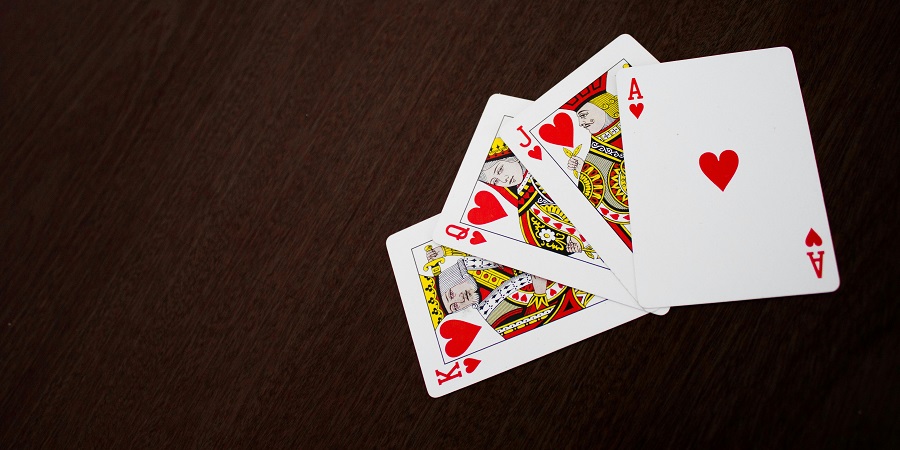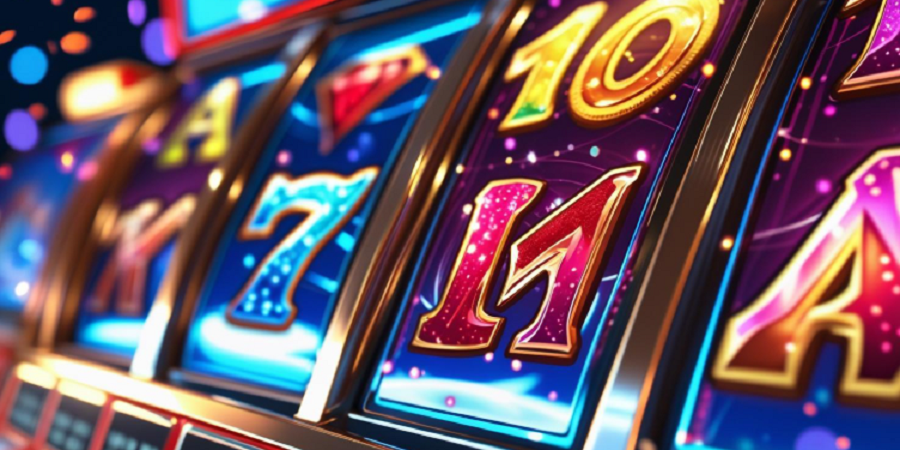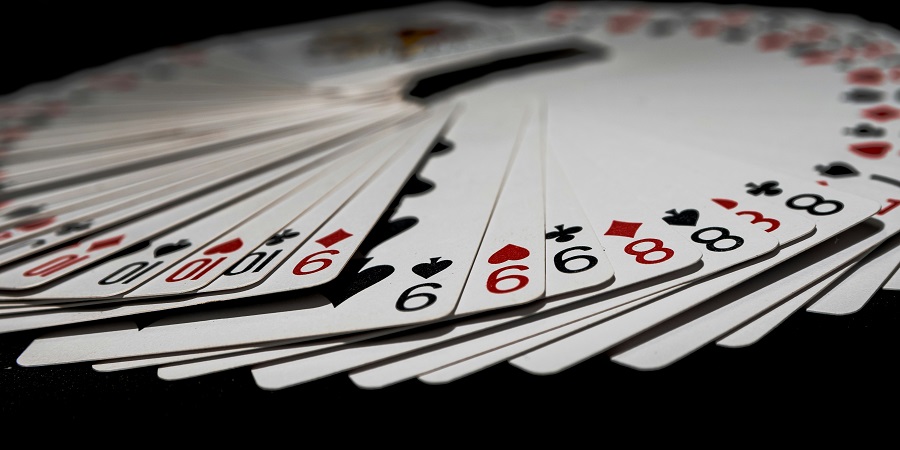In recent times, online gambling has continued to grow at an exponential rate, to the point where it now accounts for 34% of the industry as a whole.
Virtual slots are at the heart of this growth, with these games currently accounting for 65% of the gross gambling yield in the UK.
This highlights the popularity and appeal of slots in the digital age, and in the post below we’ll discuss the key things that you need to know when playing this type of game.
The RTP Rate will Shape your Slot Gaming Experience
Under revisions made to The Gambling Act of 2005, online casinos are now required to advertise the return to player (RTP) rate associated with each slot game.
This refers to the percentage of return that you can expect in relation to your total stake, while it’s calculated over a sustained period of gameplay. So, an online slot with an RTP rate of 95% will theoretically deliver a return of £0.95 pence for every £1 wagered, although the random and uneven distribution of wins means that this pattern will not always be evident.
Many players, particularly beginners, underestimate the importance of the RTP rate, however, under the mistaken belief that its speculative nature makes it unreliable.
Remember, the flipside of the RTP rate reveals corresponding house edge, or the amount of stake money that you can expect to lose. This can be as low as 3% on certified slots with an RTP rate of 97%, and identifying this can have a significant bearing on your gambling experience.
Slots are Games of Chance and Entirely Opportunistic
Seeking out patterns in randomly generated number sequences represents one of the biggest gambling fallacies, and one that often undermines the efforts of slot players.
It’s important to note that the outcome of each individual spin is determined by a random number generator (RNG), meaning that any noticeable patterns that do occur are entirely coincidental. In fact, every spin has the exact same odds, rather like the simple process of tossing a coin.
Given this, and the relatively simplistic nature of slot gameplay, there’s no real way that players can strategise in order to optimise their chances of winning.
Instead, it’s far better to focus on elements of the game that can be controlled, such as the specification of the game that you choose to play and how you manage your bankroll. Most importantly, avoid taking unnecessary betting risks early on, and try to avoid playing games with an RTP rate lower than 94%.
There are Low, Mid and High-variance Slots
We’ve briefly touched on the importance of choosing the right slots to suit your needs, and part of this is distinguishing between low, mid and high-variance games.
These variable types of game have a direct relation to the RTP rate, with low-variance slots arguably the most popular. The games typically deliver a return of 95% and above, and they’re known to trigger frequent but relatively small wins over a sustained period of time.
Conversely, high-variance slots feature RTP rates that hover around the 90% mark, and while players will access less wins through the base game they’ll usually be able to pursue huge (and in some cases progressive) jackpots.
Mid-variance slots tread the ground between these two extremes, and are appealing to relatively experienced who do not necessarily class themselves as high-rollers.
Understanding these nuances is crucial, as it enables you to select a game that suits your bankroll, appetite for risk and core motivation for playing.









